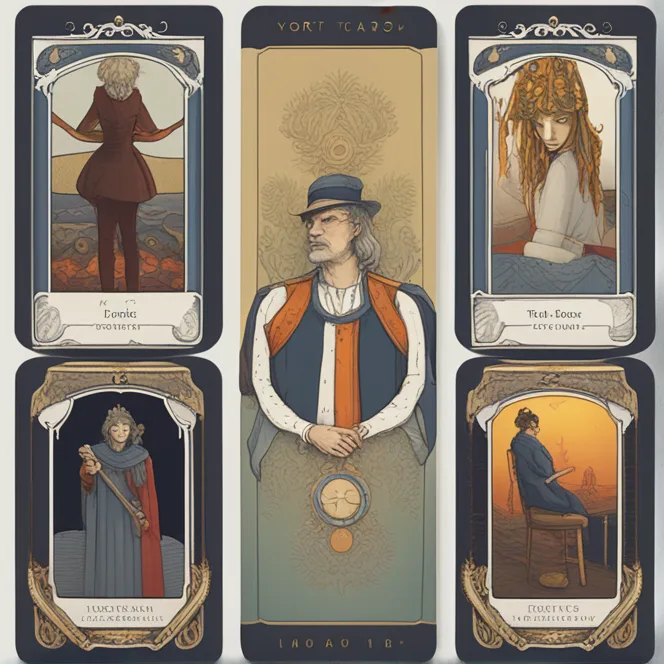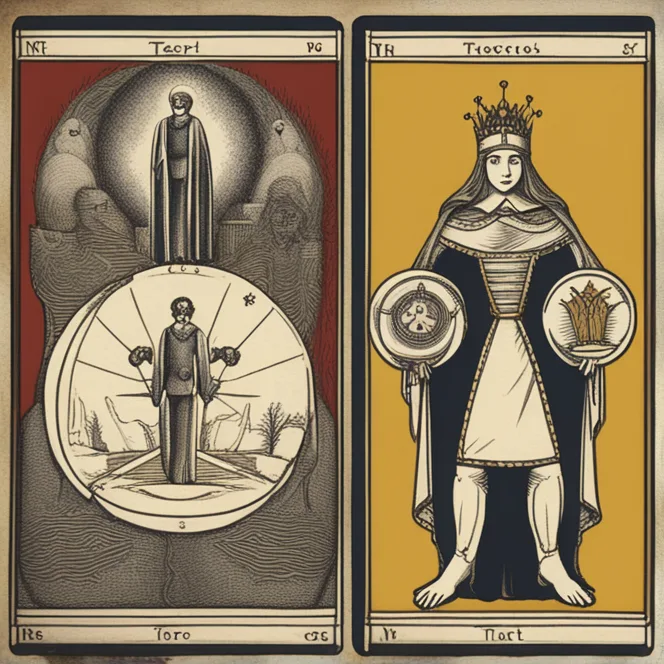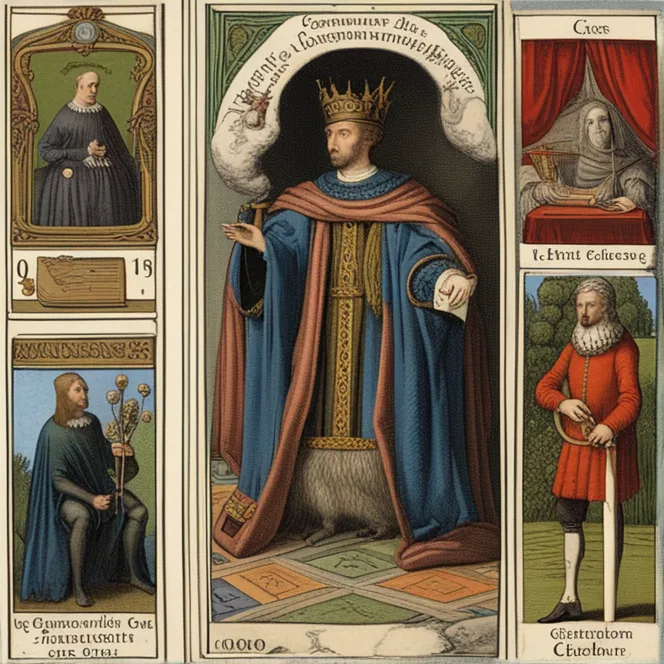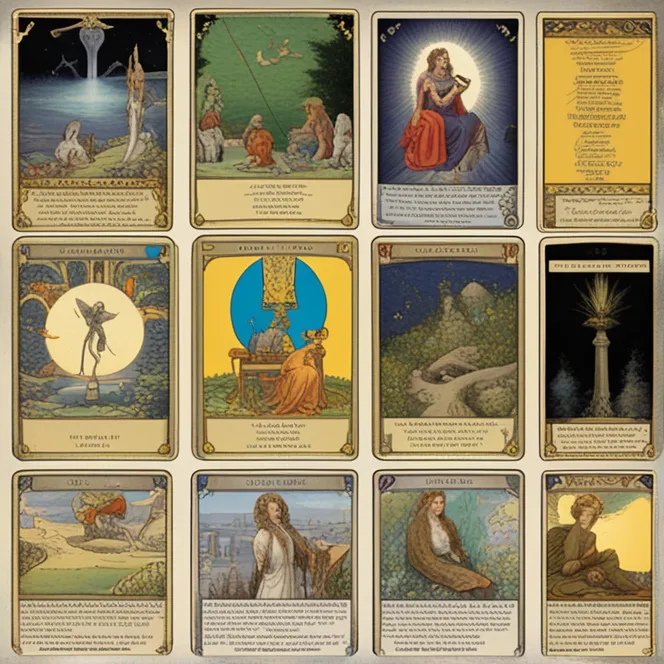
Origins of Tarot
Since the mid-15th century, tarot cards have fascinated those drawn to the mystical and the esoteric. The tarot's origin is enigmatic, with scholars positing its inception in Europe, possibly Italy, as a game known as 'tarocchi'. Originally used for entertainment purposes among the Italian nobility, these illustrated cards began their journey as simple playing cards. However, they were adorned with elaborate imagery that hinted at deeper meanings, a prelude to the rich symbolisms they would eventually embody.

Transition to Divination
Tarot's transformation from pastime to prophetic tool is believed to have occurred around the 18th century when they were integrated into the world of mysticism and magic. Figures like Antoine Court de Gébelin alleged that tarot cards held secrets of ancient Egyptian knowledge, an idea that sparked intrigue. The practice of tarot reading, or 'cartomancy', started to gain momentum, intertwining with astrological principles and the belief that these cards could provide insight into personal life events and overarching cosmic energies.

Symbolism and Structure
The tarot deck encompasses 78 cards, each rich with symbolism. It is divided into two main sections: the Major Arcana, comprising 22 cards representing life's karmic lessons, and the Minor Arcana, consisting of 56 cards reflecting day-to-day experiences. Notable cards like The Fool, The Lovers, and Death suggest a narrative of human experience and spiritual journey. Over time, these images became more intricate, often influenced by Kabbalah, Hermeticism, and other mystic traditions, as practitioners sought to derive meaning from the symbols and numbers associated with each card.

Modern Interpretations
In the 20th century, figures like A.E. Waite and Aleister Crowley contributed significantly to tarot's evolution. Waite's Rider-Waite-Smith deck, illustrated by Pamela Colman Smith, has become a definitive standard for modern tarot interpretation. Crowley's Thoth deck, with art by Lady Frieda Harris, integrated astrological correspondences and was drenched in his Thelemic philosophy. Today, countless variations of tarot decks exist, each offering a unique lens through which to interpret the cards, ensuring that the practice of tarot reading remains a dynamic and evolving art form.

Tarot Today and Beyond
As we move into 2024 and beyond, the fascination with tarot continues to expand, with individuals turning to these cards for personal growth, spiritual insight, and a reflection of their inner world. Modern tarot often embraces themes of inclusivity and representation, reflecting contemporary society. The symbiosis between tarot and modern-day astrology creates powerful forecasts and personalized readings, serving as a guiding light to those seeking self-understanding in an ever-changing world.
Published: 12/15/2023
Modified: 12/15/2023
More predictions
Come back here soon to learn more about yourself and your future


Tarot: Wisdom In Quotes
Delve into the profound world of tarot through insightful quotes that encapsulate the mystical journey of life and divination.


Insightful Tarot Questions for Guidance
Discover effective questions to ask during tarot readings for personal insight and growth.


Daily Tarot Wisdom
Discover insights and guidance with our daily tarot card readings aligned with current astrological influences.